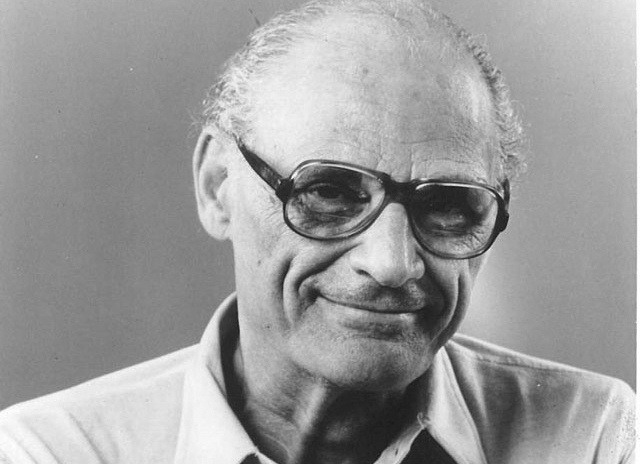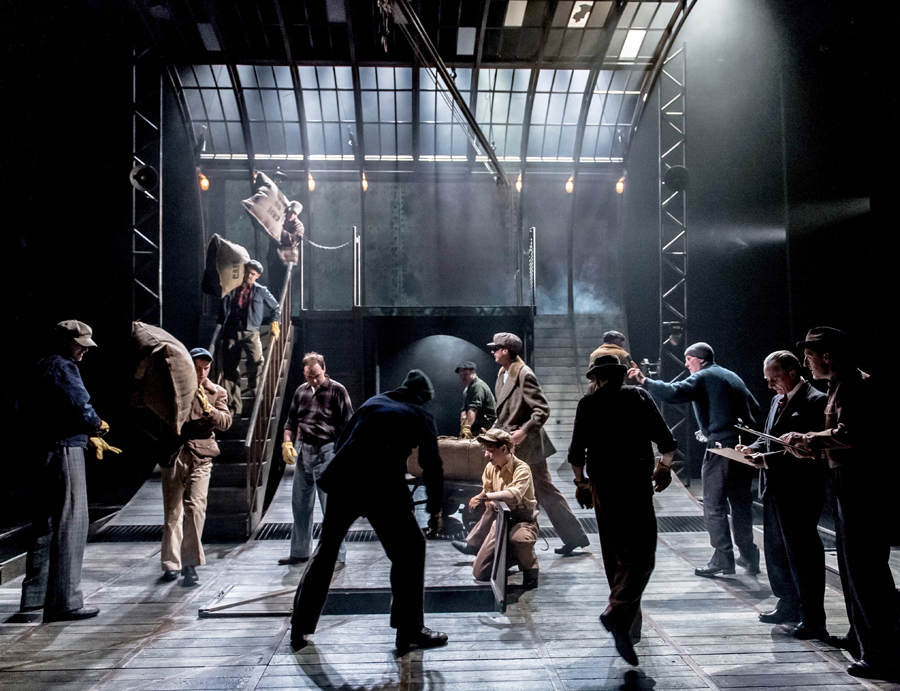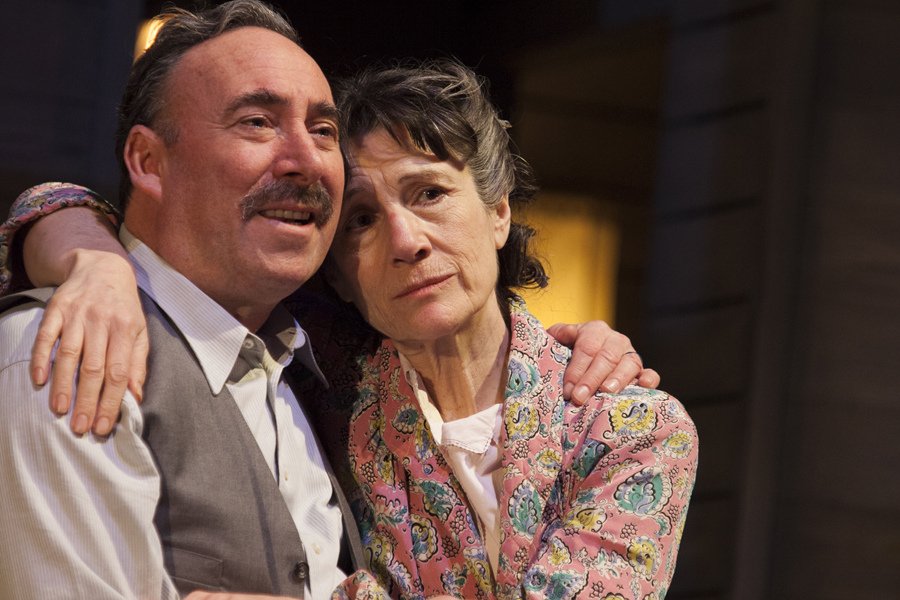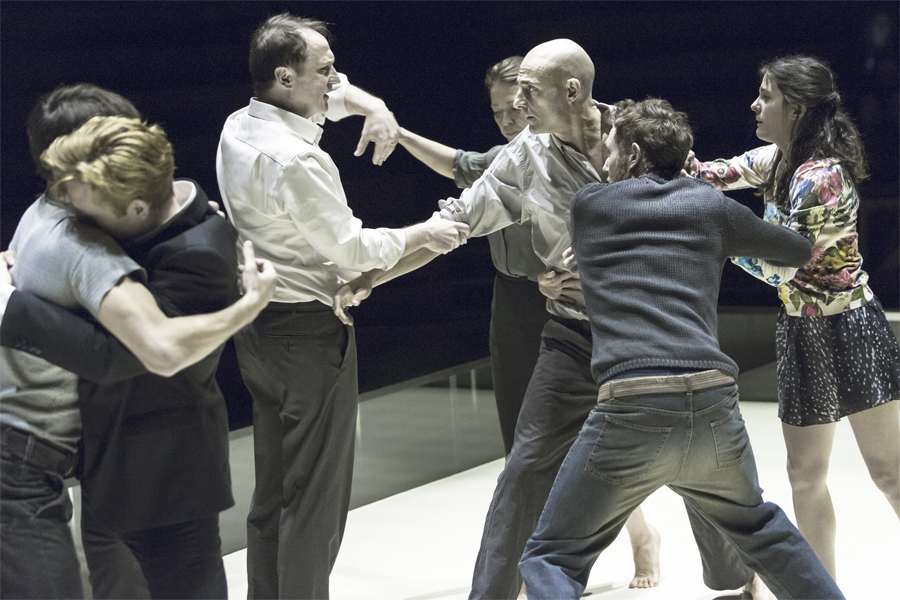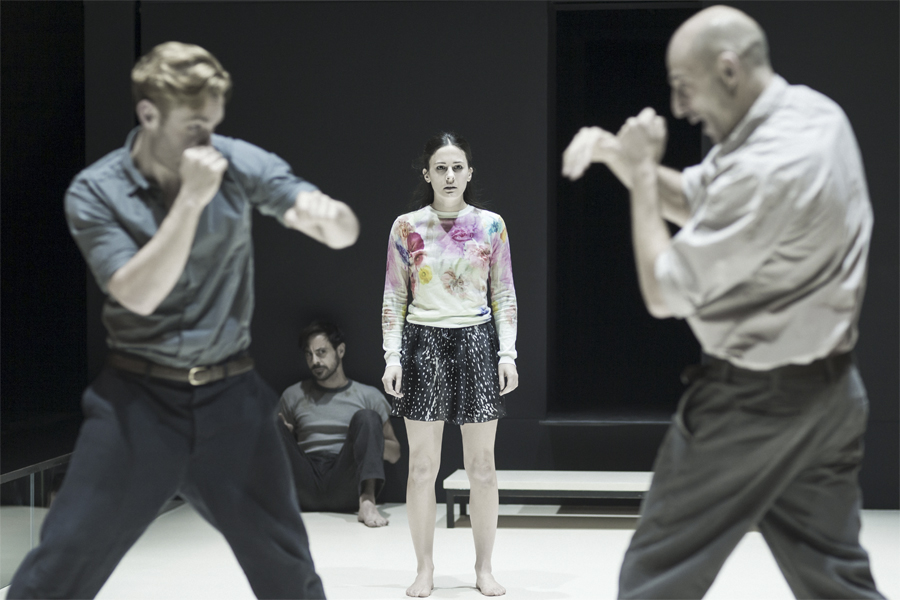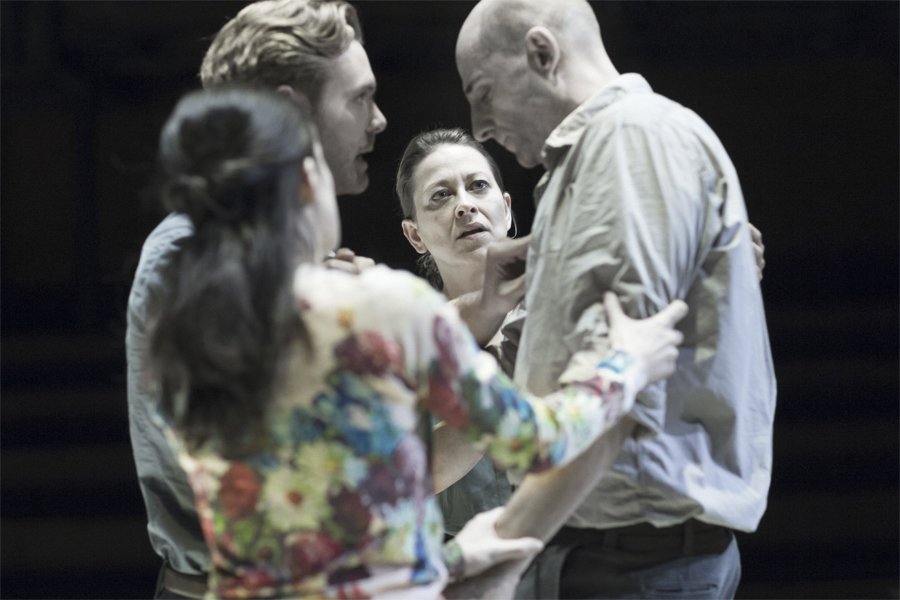This month BBC Radio has joined in the celebrations of Arthur Miller’s centenary (he was born 17 October 1915) with a terrific season of dramas and documentaries exploring his life and work on Radio 3, 4 and 4 Extra – including the broadcast world premiere of The Hook, which had its world premiere on the stage earlier this year, as reported in Jewish Renaissance. Read on for all the necessary details, and if you miss/have missed any of the programmes, they will be available on BBC iPlayer for a month after broadcast.
Coming up this Saturday 17 October on Radio 4…
2.30-4.15pm Unmade Movies: Arthur Miller's The Hook The world broadcast premiere of Arthur Miller's unproduced screenplay tells the story of a 1950s Brooklyn longshoreman who is fired for standing up to his corrupt union boss, but decides to fight back by standing for union president.
8-9pm Archive on 4: Attention Must Be Paid – Arthur Miller's Centenary "Attention must be paid to such a person," says Linda of Willy Loman in Arthur Miller's 'Death of a Salesman'. Miller himself spent his long life paying close attention to the society and times in lived in. He scrutinised the American Dream in 'Salesman', in 'The Crucible' revealed its hysteria and in 'All My Sons' its corruption. One hundred years, to the day, after the birth of Arthur Miller his biographer, Christopher Bigsby, mines the BBC's and his own archives, tracing the life and work of this towering American figure. There are contributions from Dustin Hoffman, Warren Mitchell and Brian Dennehy, who all played Willy Loman, and Ying Ruocheng, who played the role in Beijing. Henry Goodman speaks about working on his late play, 'Broken Glass'. We hear from Harold Pinter, Nicholas Hytner and John Malkovich. And there is previously unbroadcast material from Miller's brother and sister, and his wife, the photographer, Inge Morath.
Still available to catch up on…
The Essay: Staging Arthur Miller on Radio 3 To mark the centenary of Arthur Miller's birth (17th October 1915), in five 15-minute programmes on Radio 3, playwrights, directors and an actor, reflect on what his work means to them and describe their personal connection with the playwright and his work. They are first broadcast from Monday to Friday 12 to 16 October at 10.45pm
The Life and Times of Arthur Miller on Radio 4 Four 45-minute biographical dramas broadcast in Radio 4’s Afternoon Drama slot from 12 to 15 October
Fame on Radio 4 Extra three short stories by Miller under the title ‘Fame’ on Radio 4 Extra
Arthur Miller: The Accidental Musical Collector on Radio 4 Extra Playwright Arthur Miller taped Blues and spiritual songs of North Carolina's poor in 1941. With Christopher Bigsby. From February 2005.
Playing the Salesman on Radio 4 Extra Christopher Bigsby analyses the role of Willy Loman, the central character in Arthur Miller's Death of a Salesman. Contributors include Dustin Hoffman, Warren Mitchell, Brian Dennehy and Alun Armstrong, all of whom have played the role.
By Judi Herman


